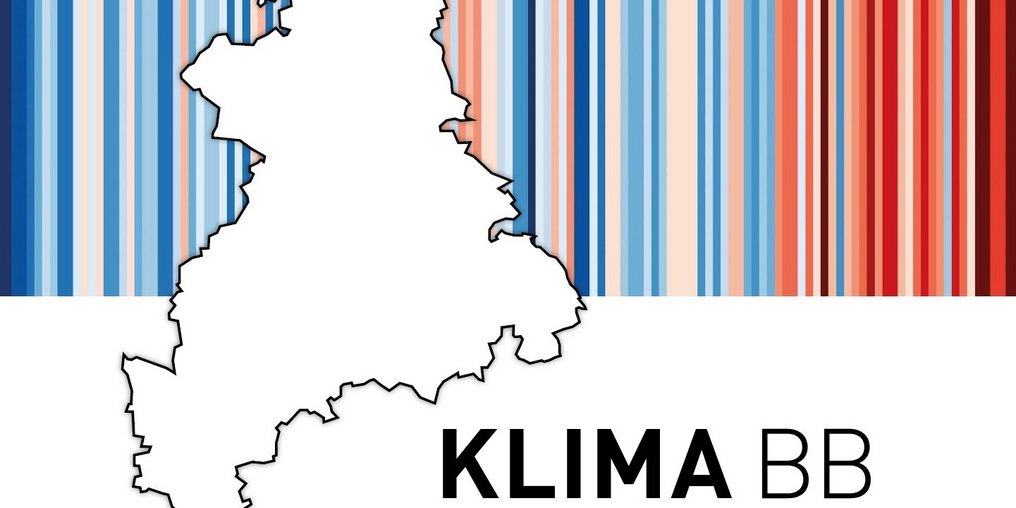Climate adaption district of Böblingen

In order to support towns and municipalities in planning and implementing climate-adapted development, the Verband Region Stuttgart and the district of Böblingen have initiated the model cooperation project "Climate adaptation in the district of Böblingen - tips for climate-proof urban and local development" (KlimaBB).
Contents and results
Individual maps for all 26 municipalities in the district show which areas of the localities are particularly vulnerable to climate-related environmental impacts. Two sets of issues are considered: One is the problems resulting from heat, air pollution and summer drought. A second focus is on the risks posed by heavy rainfall events and river and stream flooding.
KlimaBB focuses not only on the risks to existing towns and villages, but also on potential settlement development through new construction projects. Maps and explanations make it clear where caution is required in construction measures and climate-adapted construction is particularly important. In addition to these analytical considerations, the project developed a comprehensive action plan with construction, planning and further measures. It is a toolbox from which local authorities can draw depending on their needs and local climate change impact.
Goals and application
The project results are to be incorporated into the planning of cities and municipalities. They provide the administration with information for smaller, adaptive design measures in existing housing estates or for a climate-proof concept for larger renovation and new construction projects. They are intended as a guide and stimulus for in-depth discussion of the topic at local level. The results can also serve the local council as a basic building block for decision-making on relevant issues.
KlimaBB does not present climate adaptation as an additional, solitary task, but as an integral part of a forward-looking municipal development strategy. In addition to planning assistance and policy advice, KlimaBB aims to raise awareness of the challenges facing local communities. In order to better communicate the need for action and necessary measures, the analyses and recommendations for action are prepared in a form that is understandable for laypersons. Last but not least, the project results should make it easier for local authorities to access funding. As a rule, it is easier to justify the need for action and apply for funding (e.g. for investment-based adaptation measures) on the basis of analytical and conceptual preliminary work.




